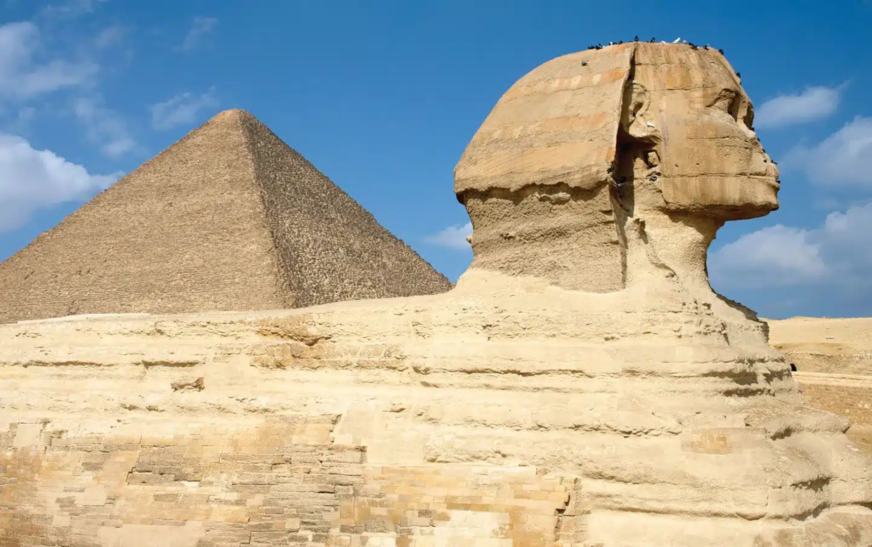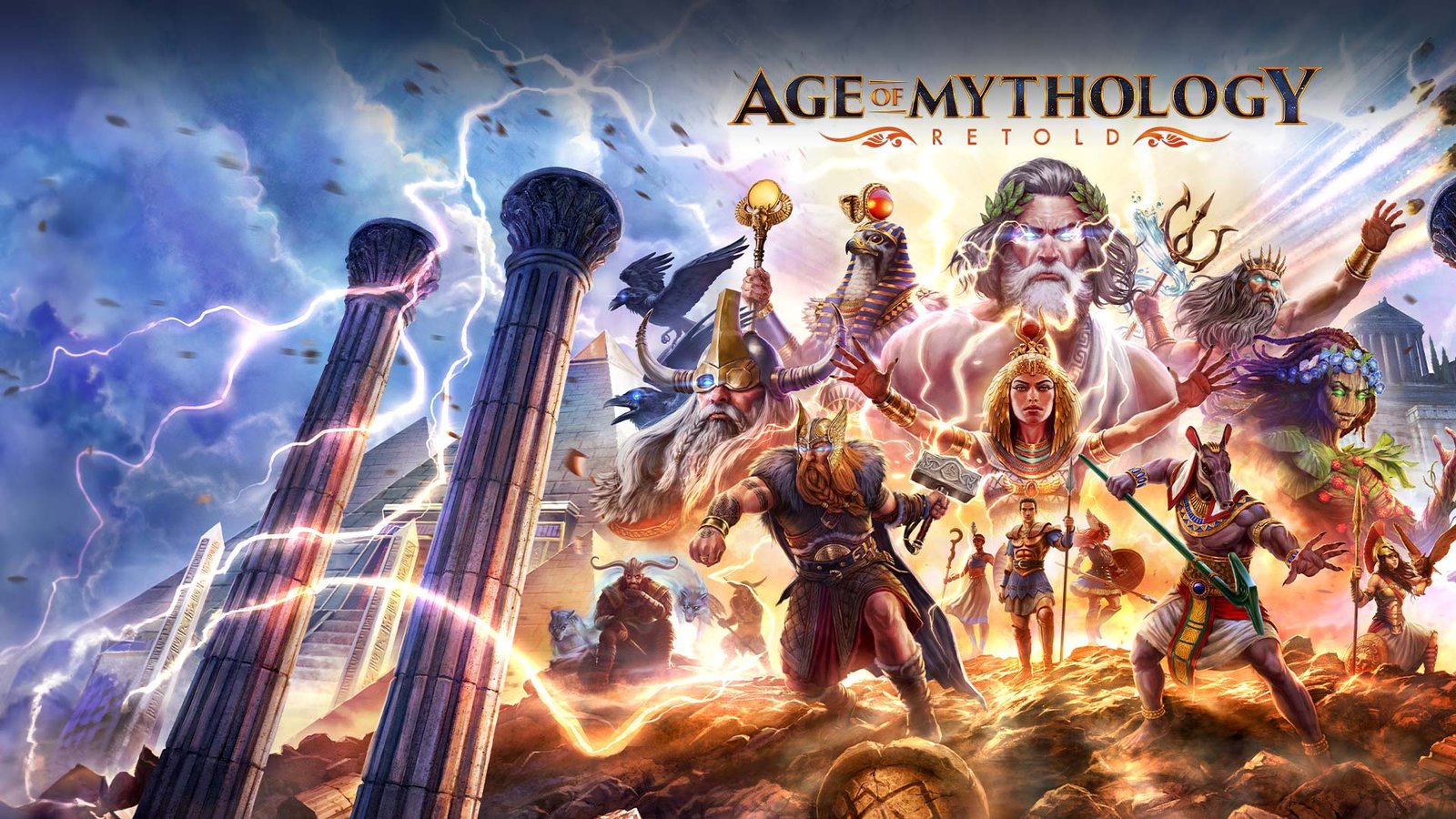The catastrophic event that marked the end of the Cretaceous period, leading to the extinction of over 60% of known species, including non-avian dinosaurs, has now been traced back to its origins far beyond Jupiter.
Geologists have identified the asteroid responsible for this mass extinction as a carbonaceous chondrite meteorite, a type of space rock that formed in the outer regions of our solar system.
The asteroid, more than six miles wide, struck prehistoric Central America, creating the Chicxulub crater beneath what is now the Mexican coast. This impact triggered a global heat pulse followed by years of a “nuclear winter,” devastating life on Earth. Among the species wiped out were iconic dinosaurs like Tyrannosaurus rex and Triceratops, as well as flying pterosaurs and seagoing mosasaurs.
The discovery of the asteroid’s origins was made possible through the analysis of ruthenium isotopes found in the boundary layer of rock that marks the transition between the Cretaceous and Paleogene periods, known as the K/Pg boundary.
Ruthenium, like iridium, is a metal that is rare in Earth’s crust but common in meteorites and asteroids. The specific isotopic composition of ruthenium in these rocks matched that of carbonaceous chondrite meteorites, distinguishing it from other types of space rocks.
Read More: AI model accurately diagnoses Marfan Syndrome from facial photos, Yale study reveals
The study, led by geologist Mario Fischer-Gödde of the University of Cologne and published in Science, confirms that the extinction-triggering asteroid came from the outer part of the solar system. The finding is significant because most meteorites that strike Earth originate from the inner solar system, making the Chicxulub impactor a rare and unique event in Earth’s history.
The research also reinforces the idea that the asteroid impact, rather than volcanic activity from the Deccan Traps in ancient India, was the primary cause of the mass extinction. While the Deccan Traps were active before and after the asteroid strike, the patterns of iridium, ruthenium, and other elements in the extinction boundary layer are consistent with a massive space rock impact, not volcanic eruptions.
The asteroid’s journey from its stable orbit to its catastrophic collision with Earth remains partly mysterious. It is speculated that the migration of Jupiter may have altered the asteroid’s orbit, sending it on a collision course with Earth some 66 million years ago.
This rare event not only marked the end of the dinosaurs but also paved the way for the rise of mammals and other life forms, including our earliest primate ancestors. The impact’s effects reshaped Earth’s biological landscape, leading to the evolution of species that now dominate the planet.











